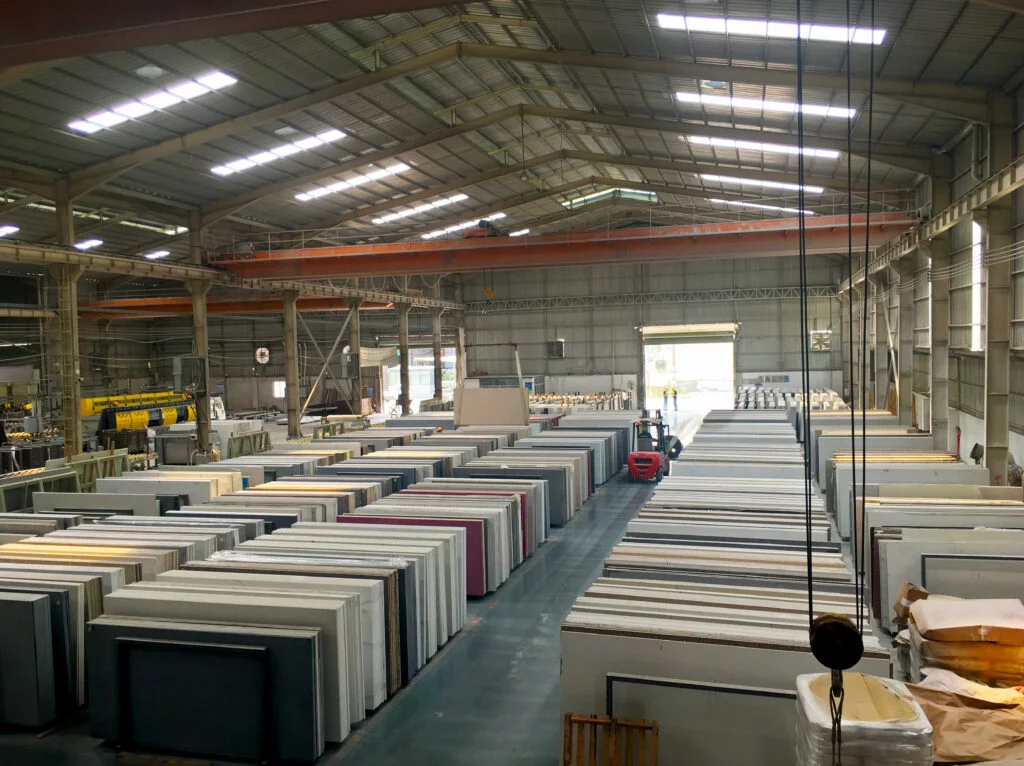How to Effectively Reduce Costs and Improve Purchasing Efficiency
In modern business operations, the control of procurement costs and the improvement of procurement efficiency are important factors to ensure the competitiveness of enterprises. By optimizing procurement processes and strategies, companies can not only significantly reduce costs, but also improve overall operational efficiency. The following are some of the strategies to effectively reduce costs and improve procurement efficiency.
1. Accurate Demand Forecasting
Accurate demand forecasting is the key to controlling procurement costs. By analyzing historical data and market trends, companies can accurately forecast future purchasing needs and avoid additional costs associated with overstocking or shortages. This accurate forecasting not only saves money, but also improves the responsiveness of the supply chain.
2. Optimize supplier relationships
Building strong relationships with suppliers can lead to more favorable purchasing terms. Regular communication with suppliers to understand market changes and new product information can help companies better formulate procurement strategies. At the same time, by working with multiple suppliers, companies can compare prices and services and choose the most cost-effective supplier.
3. Bulk Purchasing and Centralized Purchasing
Bulk purchasing and centralized purchasing are effective ways to reduce purchasing costs. By increasing the volume of purchases, companies can get better prices from suppliers. In addition, centralizing purchasing needs into a specific time period can reduce duplication of purchasing processes and improve purchasing efficiency.
4. Adoption of e-procurement systems
E-procurement systems can automate and streamline the procurement process and improve procurement efficiency. Through the use of e-procurement platforms, enterprises can realize online inquiry, bidding and order placement, reducing manual operations and the use of paper documents. This not only speeds up the procurement process, but also improves data accuracy and traceability.
5. Implement cost analysis and control
Regular cost analysis can help companies understand the cost components of each part of the procurement process and identify priorities for cost control. Through the implementation of cost control measures, such as reducing transportation costs, optimizing warehouse management, etc., companies can effectively reduce procurement costs.
6. Training of procurement team
A professional procurement team is the key to improving procurement efficiency. Through regular training, purchasing staff can master the latest market information and purchasing techniques, improve bargaining power and the accuracy of purchasing decisions. This continuous learning and improvement can bring long-term benefits to the organization.
7. Continuous improvement of procurement process
Continuous improvement of the procurement process is the basis for improving procurement efficiency. By regularly evaluating and optimizing the procurement process, companies can identify and eliminate inefficiencies in the process and improve overall procurement efficiency. Adopting lean procurement methods and continuously optimizing the process can help companies stay ahead of the competition in the fierce market.
Overall, through strategies such as accurate demand forecasting, optimizing supplier relationships, adopting e-procurement systems, and continuously improving procurement processes, companies can effectively reduce procurement costs and increase procurement efficiency. When looking for a professional procurement solution, the HILITE brand of products and services can meet your needs, providing superior quality and outstanding value for money. Choosing HILITE means adding a reliable and efficient support to your organization’s procurement.


